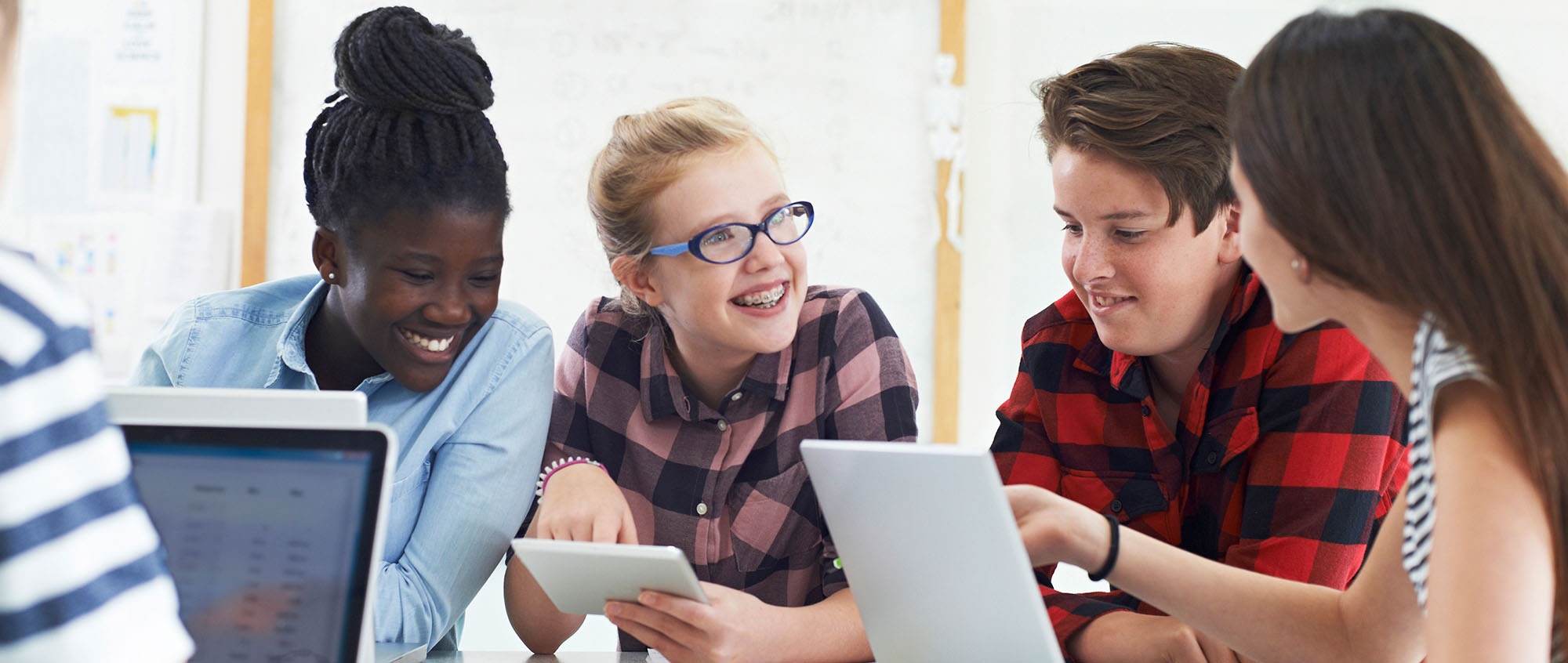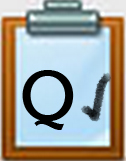Q5 Balancing My Media Introduction
Introduction
Social media, watching YouTube, and gaming oh my!! It is a fun place to be, but sometimes it’s so hard to stop playing, scrolling, or viewing. Some people even say they are “hooked” or “addicted” to their devices. Is this possible? Can digital media be good and bad for us? In the Quest, you will be exploring the good and bad sides of digital media and what you can do to create your own digital media balance.
I Can Statements
- explore examples of how digital media can be designed to have positive and negative effects on my brain.
- explore options to avoid negative habits on digital media.
- analyze my own digital life and create solutions so that I have a positive digital media balance in my life.
Video title: My Media Balance (1:33) Direct link
Competencies & Standards
MITECS Michigan Integrated Technology Competencies for Students, and
2. Digital Citizen
a. Students cultivate and manage their digital identity and reputation and are aware of the permanence of their actions in the digital world.
b. Students engage in positive, safe, legal and ethical behavior when using technology, including social interactions online or when using networked devices.
c. Students demonstrate an understanding of and respect for the rights and obligations of using and sharing intellectual property.
d. Students manage their personal data to maintain digital privacy and security and are aware of data-collection technology used to track their navigation online.
6. Creative Communicator
c. Students communicate complex ideas clearly and effectively by creating or using a variety of digital objects such as visualizations, models or simulations.
Websites and Documents
Websites
- Building Communication for a Healthy Lifestyle Infographic
- Canva
- Digital Addiction: How Technology Keeps us Hooked
Videos from Outside Sources
- How Your Brain is Getting Hacked YouTube (5:43)
- I Can't Stop Looking At My Phone YouTube (5::49)
- Media Balance is Important YouTube (1:58)
- My Media Balance YouTube (1:33)
- The Pressure to Stay Connected YouTube (3:35)
21t4s Documents & Quizzes




